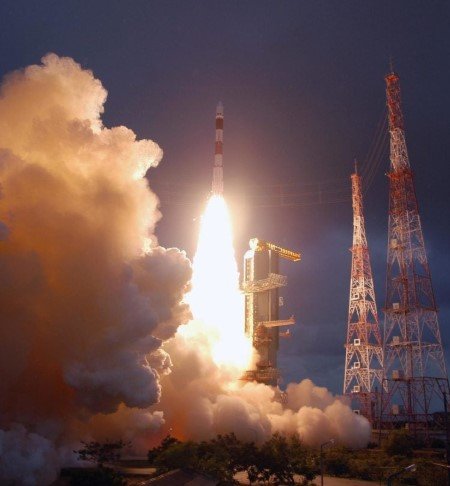India’s ambitious space milestone, its 100th mission, hit an unexpected snag as the NVS-02 navigation satellite failed to achieve its designated orbit.
ISRO’s highly anticipated 100th mission, involving the launch of the NVS-02 satellite, encountered an unforeseen setback after the spacecraft’s thrusters malfunctioned. The satellite, essential for India’s independent navigation system, did not reach its target orbit after a thruster failure, casting a shadow over the momentous occasion.
A Promising Launch Turns Sour
Launched on Wednesday from the Satish Dhawan Space Centre in Sriharikota, the NVS-02 satellite was meant to help boost India’s Navigation with Indian Constellation (NavIC), a system designed to reduce the country’s dependence on foreign navigation systems like GPS. The satellite’s successful deployment aboard the GSLV-F15 rocket was a critical milestone for ISRO, symbolizing its growing prowess in space exploration.
Unfortunately, the excitement surrounding the event was dampened when ISRO confirmed a technical malfunction. The thrusters on board the satellite, which are responsible for raising the satellite into its intended orbit, failed to activate properly. This malfunction has led to the satellite being stuck in an elliptical Geosynchronous Transfer Orbit (GTO), a position not ideal for its primary function in navigation.

ISRO’s update noted that the orbit-raising operations were delayed because the oxidizer valves, essential for firing the thrusters, failed to open. As a result, the satellite is currently not in the ideal location for its navigation duties. Despite the setback, the agency assured that the satellite’s systems remain functional, and they are exploring alternate ways to use the satellite even in its current orbit.
What Went Wrong with the Thrusters?
In an official statement, ISRO revealed that the thrusters on NVS-02 were unable to fire as intended, preventing the satellite from reaching its designated orbit. The issue stemmed from the malfunction of valves that control the oxidizer flow, which is crucial for propulsion in space. This failure meant that the satellite could not be positioned in its required spot for optimal functionality.
The satellite’s intended orbit, which is typically a circular, high-altitude geostationary orbit, would have allowed it to offer precise and continuous navigation services over India and its neighboring regions. However, with the satellite now in a less efficient elliptical orbit, its ability to deliver accurate signals for the NavIC system will be compromised unless further corrective actions are taken.
In a move to mitigate the impact of the situation, ISRO engineers are already at work, formulating backup plans to try and maximize the satellite’s potential in its current orbit. This is not the first time a satellite has faced such challenges, and the space agency is known for its resilience in managing unexpected hiccups during space missions.
The NVS-02 Satellite and Its Mission
The NVS-02 satellite was supposed to be a crucial addition to India’s growing constellation of NavIC satellites, which are intended to offer high-precision positioning and timing information across the country. By reducing reliance on the Global Positioning System (GPS), India hopes to bolster its autonomy in the field of satellite navigation.
Before the launch, ISRO had high hopes for NVS-02 to enhance the performance of the NavIC system, which is already serving users in India and surrounding regions. This satellite’s primary mission was to provide improved accuracy and reliability, and its failure to reach the designated orbit represents a setback for India’s space ambitions.
Still, the satellite’s other systems, such as its communication and power subsystems, appear to be in good condition. ISRO remains confident that they can come up with an alternative mission plan that will allow the satellite to contribute to the country’s navigation needs, even from its current orbit.
ISRO’s Resilience Amid Setbacks
The failure to reach the desired orbit is certainly a disappointment for ISRO, but the agency’s track record of overcoming challenges is well-documented. From pioneering low-cost missions to successful interplanetary exploration, ISRO has proven its ability to adapt and innovate under pressure.
The team’s quick response in analyzing the thruster failure and looking for alternate solutions is a testament to the agency’s technical expertise and problem-solving capabilities. In fact, such issues are not uncommon in space missions, where unforeseen technical failures often require quick thinking and ingenuity to resolve.
Despite the failure of NVS-02 to reach its target orbit, ISRO’s spirit of innovation and resilience will likely lead to the satellite still contributing to the country’s space capabilities in a meaningful way. This incident is a reminder that space exploration, while filled with triumphs, often involves a series of challenges that must be addressed in real time.
